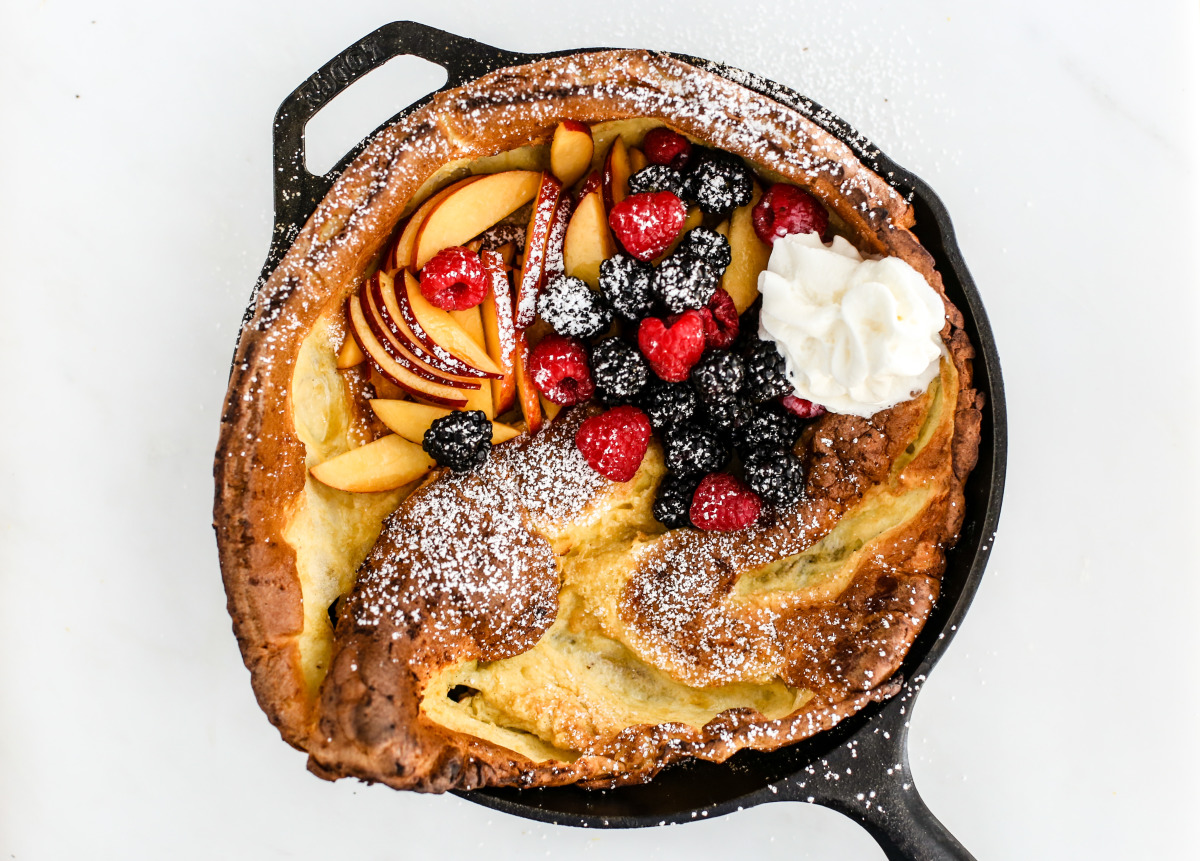
Dutch Baby: A Culinary Delight from the Netherlands
Introduction
Dutch baby, a delectable breakfast or brunch dish, has captivated taste buds worldwide with its fluffy, pancake-like texture and versatility. Originating in the Netherlands, this culinary creation has evolved into a beloved staple in many kitchens, offering a delightful blend of flavors and textures.
Origins and History
The exact origins of Dutch baby are shrouded in mystery, but it is believed to have emerged in the 17th century in the Netherlands. The dish is thought to have been inspired by the German pancake, known as "pfannkuchen," which was introduced to the Netherlands during the Thirty Years’ War. Over time, the Dutch adapted the recipe, creating a unique dish with its own distinct characteristics.
Ingredients and Preparation
The simplicity of Dutch baby’s ingredients belies its complex flavors. The batter typically consists of flour, milk, eggs, sugar, and salt. Some variations may include spices, such as cinnamon or nutmeg, or fruit, such as berries or bananas.
The preparation process is straightforward yet crucial. The batter is whisked together until smooth and then poured into a preheated skillet or Dutch oven. The skillet is then placed in a hot oven, where the batter rapidly expands and rises, creating the characteristic puffy edges.
Texture and Flavor
Dutch baby is renowned for its unique texture. The exterior is golden brown and crispy, while the interior is soft and fluffy, with a slightly eggy flavor. The versatility of the dish allows for endless flavor combinations. It can be served with sweet toppings, such as fruit compote, whipped cream, or maple syrup, or savory toppings, such as cheese, bacon, or vegetables.
Variations and Adaptations
Over the years, Dutch baby has undergone numerous variations and adaptations. Some popular variations include:
- Giant Dutch baby: This oversized version is baked in a large skillet or Dutch oven, creating a dramatic centerpiece for any brunch gathering.
- Savory Dutch baby: Instead of sweet toppings, this variation is topped with savory ingredients, such as cheese, bacon, or vegetables, making it a perfect option for a hearty breakfast or lunch.
- Gluten-free Dutch baby: For those with gluten sensitivities, gluten-free flour can be substituted to create a delicious and inclusive version of the dish.
- Dutch baby muffins: These bite-sized treats are made by pouring the batter into muffin tins, creating individual servings that are perfect for on-the-go breakfasts or snacks.
Tips for Success
To ensure a perfect Dutch baby every time, follow these tips:
- Use a well-seasoned skillet or Dutch oven: This will prevent the batter from sticking and ensure even cooking.
- Preheat the skillet or Dutch oven: This will create the necessary heat for the batter to rise quickly.
- Don’t overmix the batter: Overmixing can result in a tough texture.
- Let the Dutch baby cool slightly before serving: This will allow it to settle and prevent it from deflating.
Conclusion
Dutch baby is a culinary delight that has stood the test of time. Its fluffy texture, versatility, and ease of preparation make it a beloved dish for breakfast, brunch, or any time of day. Whether enjoyed with sweet or savory toppings, Dutch baby is sure to satisfy any palate. As you experiment with different variations and adaptations, you will discover the endless possibilities of this culinary masterpiece.
